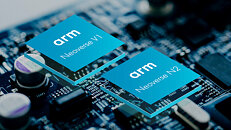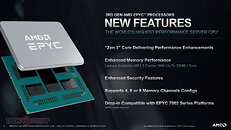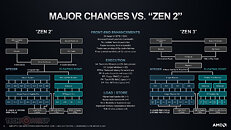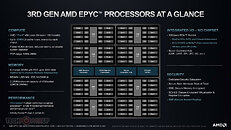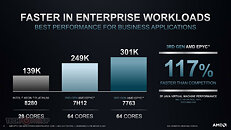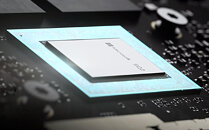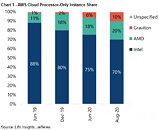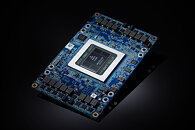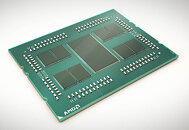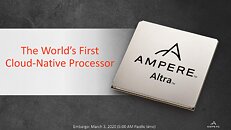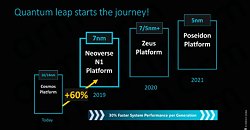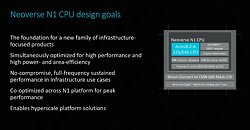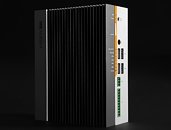
NVIDIA Announces Financial Results for First Quarter Fiscal 2022
NVIDIA (NASDAQ: NVDA) today reported record revenue for the first quarter ended May 2, 2021, of $5.66 billion, up 84 percent from a year earlier and up 13 percent from the previous quarter, with record revenue from the company's Gaming, Data Center and Professional Visualization platforms. GAAP earnings per diluted share for the quarter were a record $3.03, up 106 percent from a year ago and up 31 percent from the previous quarter. Non-GAAP earnings per diluted share were $3.66, up 103 percent from a year earlier and up 18 percent from the previous quarter.
"We had a fantastic quarter, with strong demand for our products driving record revenue," said Jensen Huang, founder and CEO of NVIDIA. "Our Data Center business continues to expand, as the world's industries take up NVIDIA AI to process computer vision, conversational AI, natural language understanding and recommender systems. NVIDIA RTX has reinvented computer graphics and is driving upgrades across the gaming and design markets. Our partners are launching the largest-ever wave of NVIDIA-powered laptops. Across industries, the adoption of NVIDIA computing platforms is accelerating.
"We had a fantastic quarter, with strong demand for our products driving record revenue," said Jensen Huang, founder and CEO of NVIDIA. "Our Data Center business continues to expand, as the world's industries take up NVIDIA AI to process computer vision, conversational AI, natural language understanding and recommender systems. NVIDIA RTX has reinvented computer graphics and is driving upgrades across the gaming and design markets. Our partners are launching the largest-ever wave of NVIDIA-powered laptops. Across industries, the adoption of NVIDIA computing platforms is accelerating.


